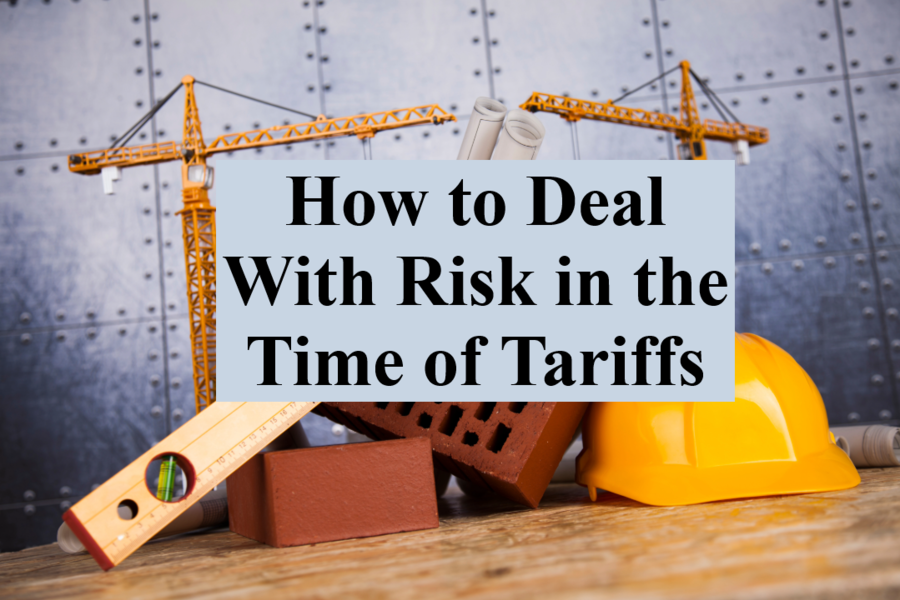Controlling Risk in the Time of Tariffs
Posted: April 15th, 2025
Written By: Mark Siemer
In the dynamic world of construction, the ability to predict and control costs often determines which projects are profitable and which ones are failures. Fluctuating tariffs can create significant uncertainty and risks, impacting the cost and availability of materials. One of the most effective strategies to achieve this is by changing construction contracts to lock in set material prices and delivery dates. By locking in prices and delivery schedules, contractors can mitigate these risks, ensuring more stable and predictable project outcomes. While this approach may increase the upfront cost of starting jobs, it offers significant benefits in terms of risk management and customer expectations.
Controlling Risk
The construction industry is notorious for its volatile material prices. Current geopolitical and economic tensions could cause prices to soar or plumet on any given day. By locking in material prices at the outset, contractors can mitigate the risk of unexpected price hikes by placing the geopolitical risk on the project owner.
Moreover, securing delivery dates is equally crucial. Delays in material delivery can lead to project hold-ups, increased labor costs, and extended timelines. By stipulating fixed delivery dates in contracts, contractors can better protect themselves if litigation occurs over project delays by having a readymade blame shifting strategy built into the contract.
Avoiding Backend Costs
While locking in material prices and delivery dates may increase the initial cost of starting a project, it helps avoid significant costs on the backend. Unexpected price increases and delivery delays can lead to budget overruns, contractual disputes, and even legal battles. These issues not only inflate costs but also damage relationships with clients and stakeholders.
More importantly, by raising these issues at the front end, the Contractor and Owner become stakeholders in decision themselves. A property owner will be patient with a contractor who demands more money at the beginning of a project to order materials than a contractor who demands a price increase at the end of a project because it gives the Owner the opportunity to plan ahead or adjust other budget items.
Conclusion
The added front end cost of locking in prices and delivery dates is good for everyone because it mitigates the risk of the current geopolitical climate while allowing the property owner to remain in control of the project because they get to make the decision in advance instead of feeling like a victim of circumstance on the back end.
The matters discussed here are general in nature and are not to be relied upon as legal advice. Every specific legal matter requires specific legal attention.
The law is constantly changing and matters discussed today may not be the same tomorrow. Legal matters are also subject to different interpretations by attorneys, judges, jurors and scholars. No attorney-client relationship is intended or created as a result of matters discussed here. You should consult counsel of your choice if you have any dealings in these areas of the law. Volk Law Offices, P.A. and its attorneys make no representations or warranties with respect to the accuracy or completeness of the matters addressed.

